**Newbie Disclaimer: Apologies for the audio quality in this episode—there are some moments where our voices fade in and out a bit. I hope this will not interfere with your overall enjoyment of the information presented. I will be working diligently to eliminate issues like these in future episodes. Thanks for your patience!!
This is the first in a 4-part seasonal series on ginseng. Over the course of the next year and through the lens of the seasons, Sara and I will explore a variety of themes, including: ecology, botany, history, medicinal use, legend & lore, and, perhaps most importantly, stewardship and conservation.
It’s exactly those conservation concerns, that have prompted me to make this episode available to all here on Substack, because I feel this is just such an important message to share.
We really need to do all we can to try to bring this extraordinary plant back from the brink. So, I hope this podcast will help inspire you to get involved and make a difference!
In this first episode, Sara shares some fascinating information about the name ginseng—where it comes from and what it means. Sara and I also discuss some of the conservation threats, which are especially critical during the fall season. And be sure to stick around till the end, because I got Sara to read special (and particularly beautiful) ginseng origin story!
Episode Length 1:15 mins
Written Interview with Photos & Links
Welcome to the very first episode of the Flora & Forage podcast!
Today we will be talking about Ginseng, specifically wild American Ginseng!
Now, as many of you know, Ginseng is one of the most famous and most treasured medicinal plants, but also possibly one of the most misunderstood--and there’s also a lot of secrecy, mystery and intrigue associated with it as well.
In China, it’s a been revered from ancient times as the ultimate panacea, so there’s a long history of use as well as a lot of legend and lore surrounding it.
And here in the US, Ginseng has the dubious honor of being North America's most valuable medicinal plant which, of course, comes with a whole host of conservation issues and concerns.
There’s obviously a lot to unpack here, so I’m thrilled to have conservation steward and ginseng expert, Sara Jackson here to help us understand more about this critical species.
OK now, let me tell you a little bit about Sara!
Sara and I met on IG of all places, she’s an amazing photographer and posts some of the most beautiful photos of plants on her account—which, of course, got my attention!
So, I was thrilled to learn that she’s actually a neighbor. She lives about 30 minutes away in beautiful Bat Cave, NC, so we’ve been able to spend some wonderful time together, and I feel very honored to be able to call her my friend.
Sara has spent the better part of the last ten years as an advocate and steward for wild American ginseng.
Her goal is to help lay people understand the true nature and ecological value of ginseng through conservation.
Sara helped design and launch the Wild American Ginseng website and the “100 Days of Ginseng” campaign on social media. She also works closely with scientists and organizations, like United Plant Savers and The Forest Farmers Coalition to help spread the word about this critical species.
Welcome Sara!
I would love for you to share a little bit about your own personal history/discovery of ginseng. How did you discover Ginseng and come to find this important calling?
My connections with ginseng are both personal and professional. More than anything, I consider myself a student of ginseng and am grateful to know this special plant. I also feel lucky to work with so many amazing people in the ginseng community who study, steward and conserve it. I work with several groups and organizations to help create educational websites and other resources and materials.
I have a fairly minor background in Chinese herbalism, but through those studies, I came to know of Panax ginseng’s legendary status long before I met American ginseng. After studying about Asian ginseng, I began to realize that the North American species of ginseng is similarly desirable and valuable—as well as similarly vulnerable to the same fate of eradication from the wild. American ginseng is as unique and mysterious as it is valuable. Sometimes it feels like the more you learn the less you know about this plant.
Like humans for which the root’s likeness is named, ginseng is a species of contradictions. Ginseng has so much to teach about greed and medicine, exploitation and value, our history and our future.
I am really drawn to telling this story though, and want to help shift human understanding away from seeing it only as a natural resource, to seeing it’s true ecological value as well—seeing both the forest and the trees, so to speak.
You know I love plant names and origin stories—I think they reveal so many important stories. So, tell us about the name, Ginseng. Can you help us understand where the name comes from and what it means?
Ginseng is named after people, it literally translates to the “human root”. It’s been known by many names throughout Asia, and the original people of Turtle Island (North America), each one equally fascinating.
I also want to clarify here that there are several plants known as ginseng, there are two main ones that can be easily confused, or referred to interchangeably. Asian ginseng: Panax ginseng, and American ginseng: Panax quinquefolius.
Both are world famous herbs it's easy to conflate the two but as we get into specifics here, I will be referring mostly to American ginseng, otherwise I’ll try to make it clear to which species I am referring.
Asian Ginseng: Panax ginseng
The word ginseng itself comes from the Chinese “ren shen”. Ren: human, Shen: root, but Shen also has several other implications in Chinese medicine’s Three Treasures or Sanbao theory, one of the main underpinnings of Chinese medicine theory.
The starting point for an understanding of shen is the meeting place of heaven and earth, which is man.
The first meaning of shen may refer to spirits, or a deity. Spirits that generate entities like rivers, mountains, thunder, and stars.”
Many eastern folktales about ginseng center around the themes of ginseng spirits and nature, rewarding human virtues, and sometimes divine punishment.
A second meaning of shen refers to the human spirit or psyche that is seen in the body as luster or vigor and in the mind as vitality and enthusiasm.”
This describes the highest ideal of the qualities that ginseng imparts. Far from the instant energy drinks and aphrodisiacs known to western cultures, ginseng is considered a deep tonic with adaptogenic properties when taken for long periods, which can heal, and even enhance the whole person as well as promote longevity. In fact, ginseng is a popular family gift especially for holidays. It is a gift of health and long life.
In myths and legends, ginseng is also considered the herb of immortality along with reishi mushroom and peaches. Honestly, the symbolism and depth is something I want to study my whole life.
A third understanding of shen describes an entity as spiritual in the sense of inspiring awe or wonder because it combines categories usually kept separate, or it cannot be comprehended through normal concepts.
To me, this facet of shen describes the very nature and essence of ginseng. There is so much to the biology, ecology, medicine, history, current situation and the future of the species, that it’s difficult in some ways to summarize. Each question is met with more questions than answers.
American Ginseng: Panax quinquefolius
The botanical name of American ginseng is Panax quinquefolius, the term Panax refers to “panacea”, all cure. “Quinquefolius” means five leaf: quinque: five, folius: leaf. That said, there are so many names, in so many languages, it might be impossible to list.
My favorite name for American ginseng is one that I am not qualified to speak about, but can be translated into “Mountain watcher”, again harkening to the similar spirit and intangible quality, even on the opposite side of the world from its sister species Panax ginseng.
On that note, the word Panax also reminds me of another interesting connection for ginseng, the “pan” (meaning “all”) part, Appalachia’s deep ecological connections with eastern Asia. It’s a plant that spans the globe.
So for those of us who aren’t familiar with the plant, can you describe it to us and tell us a little bit about its ecology–where does it grow?
Falling into the easy trap of humanizing a plant, I’ll first describe ginseng as clever. So many other plants look like ginseng or vice versa, that many people must learn to spot it at all on the forest floor. Ginseng also changes throughout its long lifecycle, from a tiny three leaf seedling to a knee high 4 prong with 20 or more leaflets, with red berries. Otherwise, it is an unassuming forest plant, green with finely serrated leaflets that radiate from the stem. Ginseng also goes through “senescence” meaning that like deciduous trees in autumn, ginseng leaves can turn bright gold at the end of the growing season, before it dies back to its roots for the winter.
As interesting as the growing plant is, it’s the root that gives the plant its legendary status. In Asia, ginseng means the human root because the most valuable specimens are literally human shaped roots, complete with a head, arms, legs and other human anatomy. This is one quality that has made ginseng a legendary herb for thousands of years in Chinese medicine.
Another is that if allowed, both Asian and American ginseng can live to be over 100 years old. These roots are believed to impart the spirit, vigor and longevity found within, and the wilder the place, the better the character of the roots.
Also, not unlike people, ginseng relies on its specific and stable environment, and ecological community for up to a decade or more until it arrives at maturity. Both species are shade obligate, meaning it requires the shade of the forest canopy for several reasons. Just one example of this habitat requirement is moisture retention. In order to germinate, ginseng seeds must never dry out for the entire 18+ months of stratification period. Sometimes it can take longer than that. The unique biology of ginseng presents several challenges to growing it on most scales and contributes to the difficulty in conservation through cultivation to help reduce the pressure of wild harvest among other threats to this slow growing plant.
What is ginseng’s Conservation status? Is American ginseng considered endangered?
American ginseng at this time is considered threatened with various listings through the states in which it grows. More important, we are still learning to what extent. Unfortunately, factors keep changing, like the ever-increasing pressures and invisible impact of deforestation and the resulting displacement and encroachments of plants and animals. Unsustainable harvests of ginseng and plants like it adds more pressure to populations in the wild.
All of these factors combined have far reaching implications for the forest and humans, but particularly threatens slow growing and vulnerable species like American ginseng.
Though widespread across its range, ginseng is mostly contained to the small local populations due to its biology and habitat requirements. On one hand these smaller occurrences can help ensure the existence of remaining populations. On the other hand, these smaller populations are vulnerable to external pressures and threats, often experiencing several local and large-scale threats at once.
Local threats include poor harvest practices, deer over browsing when their preferred food isn’t available, loss of pollinators and seed dispersers through habitat loss and fragmentation, and invasive plants competing for resources. Large scale threats which further pressure ginseng as well as its habitat are climate change especially at the extremes of its native range, habitat loss and deforestation, and large scale habitat alteration both natural and man made.
Almost everything I have mentioned can be found on wildamericanginseng.org. There you can read more about ginseng’s biology, conservation status and threats, as well as stewardship and conservation and a publication database. I’ve had the pleasure of knowing and working with Dr. Jim McGraw and Dr. Jen Chandler whose work has been an important part of understanding the population dynamics, conservation and stewardship of American ginseng.
This website helps to communicate a science based and Panax-centric approach to saving ginseng for future generations.
Dr McGraw has a book called Wild American Ginseng: Lessons for Conservation in the Age of Humans, which is a remarkable summary of his 20-year career studying American ginseng in the field and in the lab.
Legal protection and enforcement
At its highest regulatory level, Ginseng is listed on Appendix II of Cites which is an international treaty signed by several countries that work together to control and regulate international trade and trafficking of sensitive and vulnerable species. Further, wild American ginseng is regulated by several states which requires people report ginseng harvests. Many eastern US states (ginseng’s native range) have put in place mandatory stewardship rules and regulations for the purpose of ensuring the future of the species. This is regulated down to a jurisdictional level.
However, due to many factors, it is complicated to enforce, and more and more often ginseng is being illegally harvested out of season and from protected places.
It is of the utmost importance to support the enforcement community in being able to protect American ginseng and help forest farmers protect their valuable crops in the future, so that they in turn can help relieve harvest pressure on the wild populations.
Conservation Through Cultivation
Ginseng has been farmed for hundreds of years in agricultural and forest settings. Nevertheless, it’s a long term, challenging and sometimes risky crop. It can be grown in suitable forests, and there is growing research and interest in finding ways to grow, protect and conserve American ginseng through forest farming.
From a seasonal perspective, I understand that Autumn is considered both a critical & vulnerable season for ginseng, right? Tell us more about what is happening to ginseng during this season.
To many folks here in the Appalachians, September 1st is ginseng season and time to harvest. For me, it’s seed planting and stewardship season, both figuratively and literally. Ginseng has the dubious honor of being North America's most valuable wild collected medicinal plant.
The prize—and curse—for being internationally famous and valuable is that wild American ginseng is harvested at unsustainable rates.
This plant takes a very long time to grow to maturity and make new seeds, and requires a special habitat. Commercially, the most valuable roots are the oldest and gnarliest wild roots that can range from 15 years old to over 50 - some over 100 years old. Some years the price can be over $1000 per dry pound.
The history of American ginseng trade and the economic backstop that ginseng has been to so many families for generations here in Appalachia is deeply rooted and a very important aspect of this plant.
It is impossible to untangle, especially now that times are changing, and the direct and indirect human impacts are increasing. Unlike the past in which people readily understood the connection between seeds and harvest, these days, once a ginseng plant has come of age and can produce the striking bright red berries, more often than not, it is harvested often along with every other ginseng plant in sight. Other woodland species are harvested like this too. Goldenseal, bloodroot, cohosh, false unicorn root all have market value and all are being harvested at exploitative rates for similar reasons.
Again circling back to the importance of conservation through cultivation, it seems the natural solution would be to grow it, and folks have been for a long time, but it is far from a normal crop.
To grow ginseng in an agricultural setting, it requires shade structure, specialized machinery, workers and understanding of the market, risks and yields.
For instance, you might raise 5 years of annual crops in the area dedicated to growing ginseng for the same amount of time. Similarly under forest canopy, some of these challenges still present, on top of needing a longer period to grow a premium value crop. There are benefits and challenges to each method of growing ginseng, and to anyone interested in learning more I would refer anyone to the following resources:
United Plant Savers and the Forest Farming Handbook
NCSU - New Crops and Organics
Penn State - Forest Farming and Non Timber Forest Products
MTSU - International Ginseng Institute
What are some ways that people can get involved in stewardship?
Research and science have shed light on how humans can do right by ginseng through cultivation, responsible harvest and stewardship. Hopefully it might lead to a balance of conservation and cultivation that will allow wild populations of ginseng to persist long into the future, though some days that feels pretty far-fetched.
The simple definition of stewardship is the careful and responsible management of something entrusted to one's care
Though slightly more complicated when it comes to American ginseng, ginseng to me is a gift that among many other things provides a lens in which to see all of earth’s natural resources. We don’t have to stop altogether, or create more friction because that makes things worse. Through education and understanding we can meet nature from a place of stewardship and commonality which is kind of essential to the future of all species on earth, especially ours.
When Sara and I meet again, we will be looking at ginseng through the lens of Winter. We will discuss some of the fascinating history of ginseng as well as some of the legend and mystical lore that surrounds this extraordinary plant! In the meantime, here are some things you can to do to help!
A List of Things You Can Do To Help American Ginseng
Share these resources and help to plant the seeds of ginseng education and stewardship! Wildamericanginseng.org
Ginseng is an amazing plant, and there is always more to learn. Check out these resources and books about ginseng biology, history, culture and cultivation. Videos, webinars, publications. 100 Days of Ginseng/resources.
If you work with ginseng and other plants like it, learn more about becoming a good steward and plant every seed!
If you harvest, learn about the local laws and how to minimize the impact of your harvest by using the principles of good stewardship and ethical harvest.
If you have a suitable shady area or forest, you can grow ginseng, though it takes several years ;)
Support businesses who sustainably source slow growing, at-risk botanicals like ginseng, goldenseal, black cohosh and blue cohosh.
Support groups who educate folks about stewardship, promote ethical harvest and support forest farmers who sustainably grow and forest farm American Ginseng.
Find ways to support science, education, research and environmental policy, especially forest conservation in general.
Podcast Links
Sara Jackson
Follow Sara on Instagram @batcavebotanicals and here is her Linktree
Find out more about Sara here.
Ginseng Resources
American Ginseng: Local Knowledge, Global Roots
Penn State - Forest Farming and Non Timber Forest Products
Forest Farming Resources
Northeast Forest Farmer Coalition
Appalachian Beginning Forest Farming Coalition
NCSU - New Crops and Organics
.

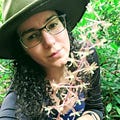
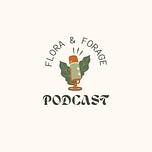



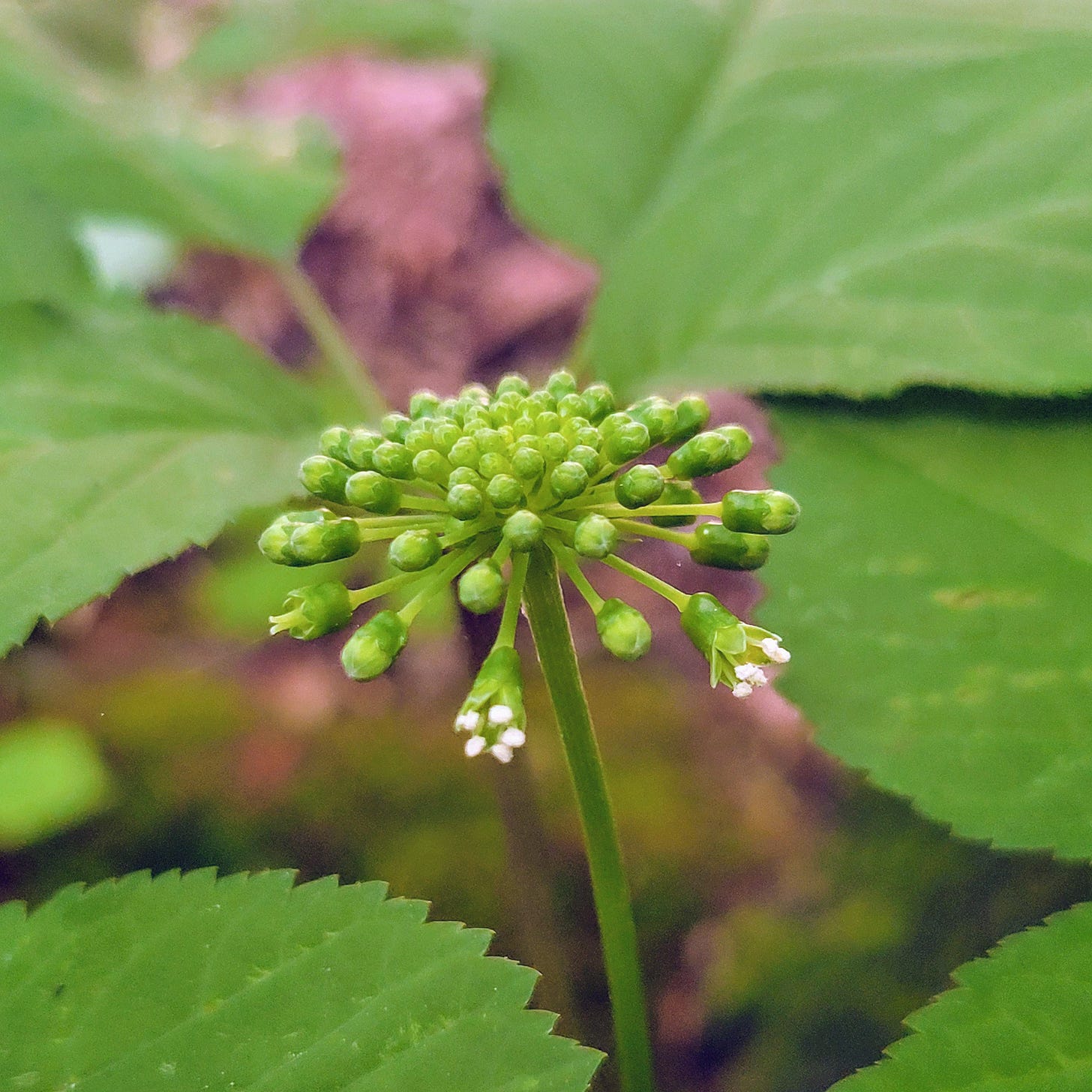
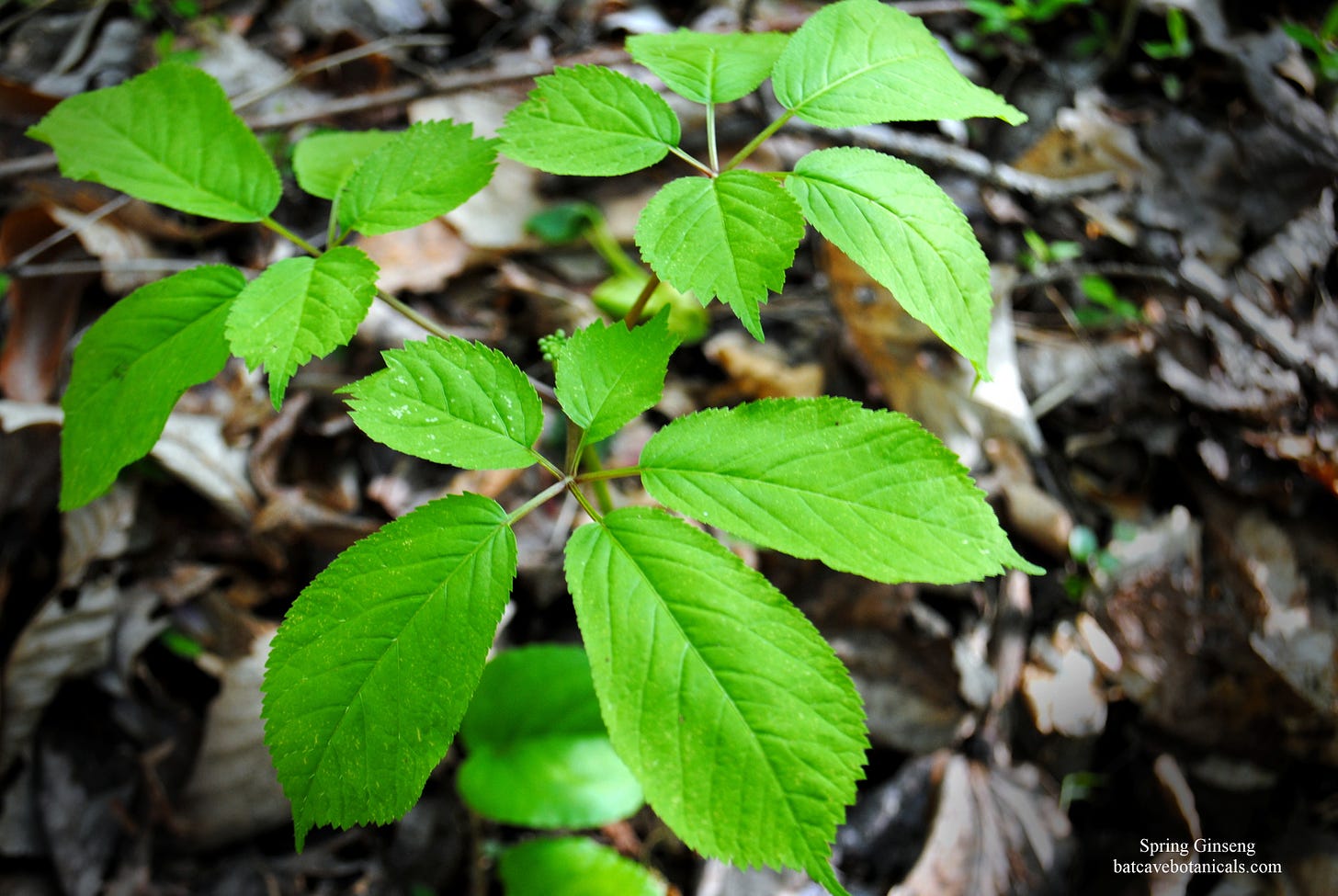
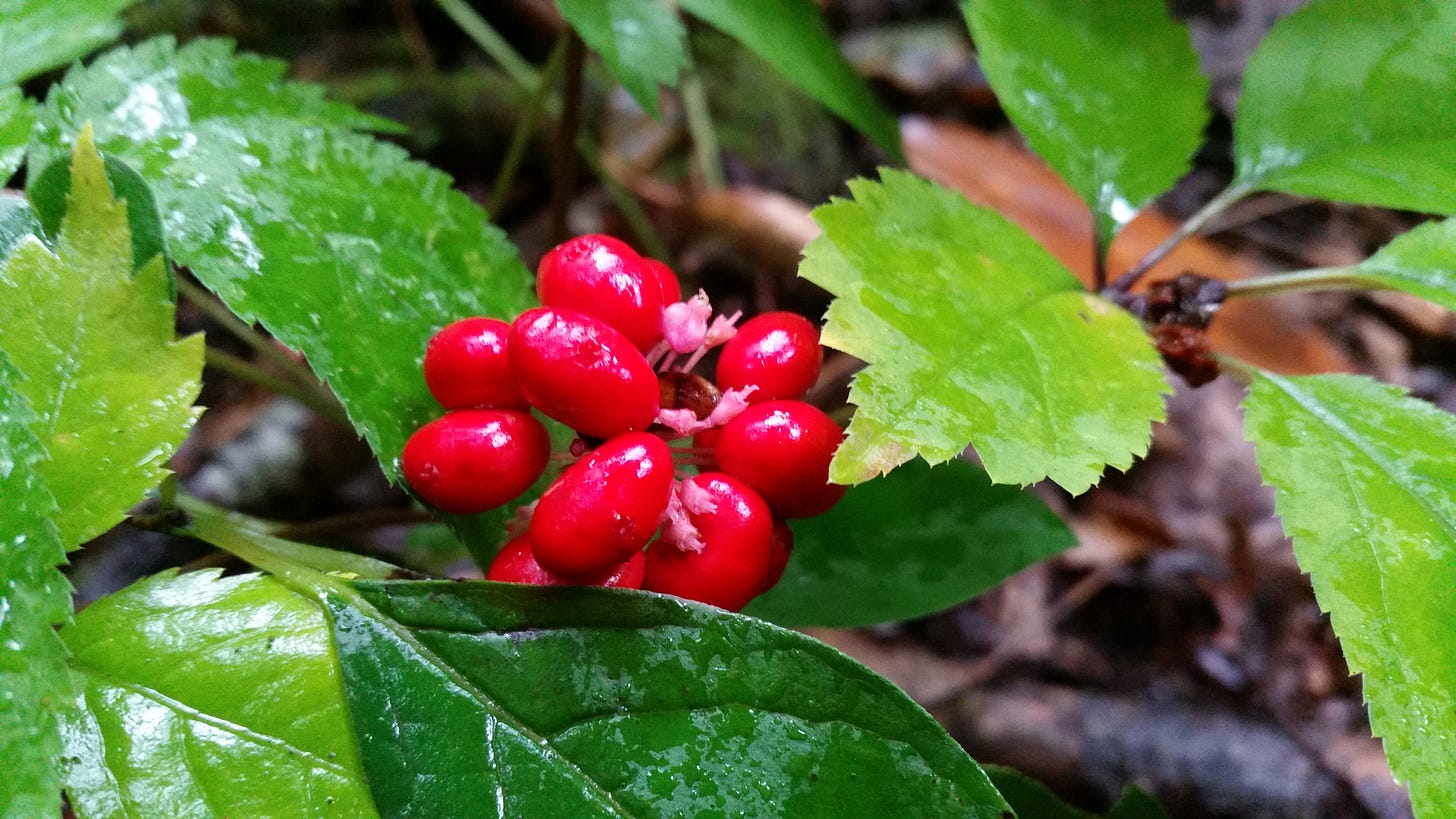
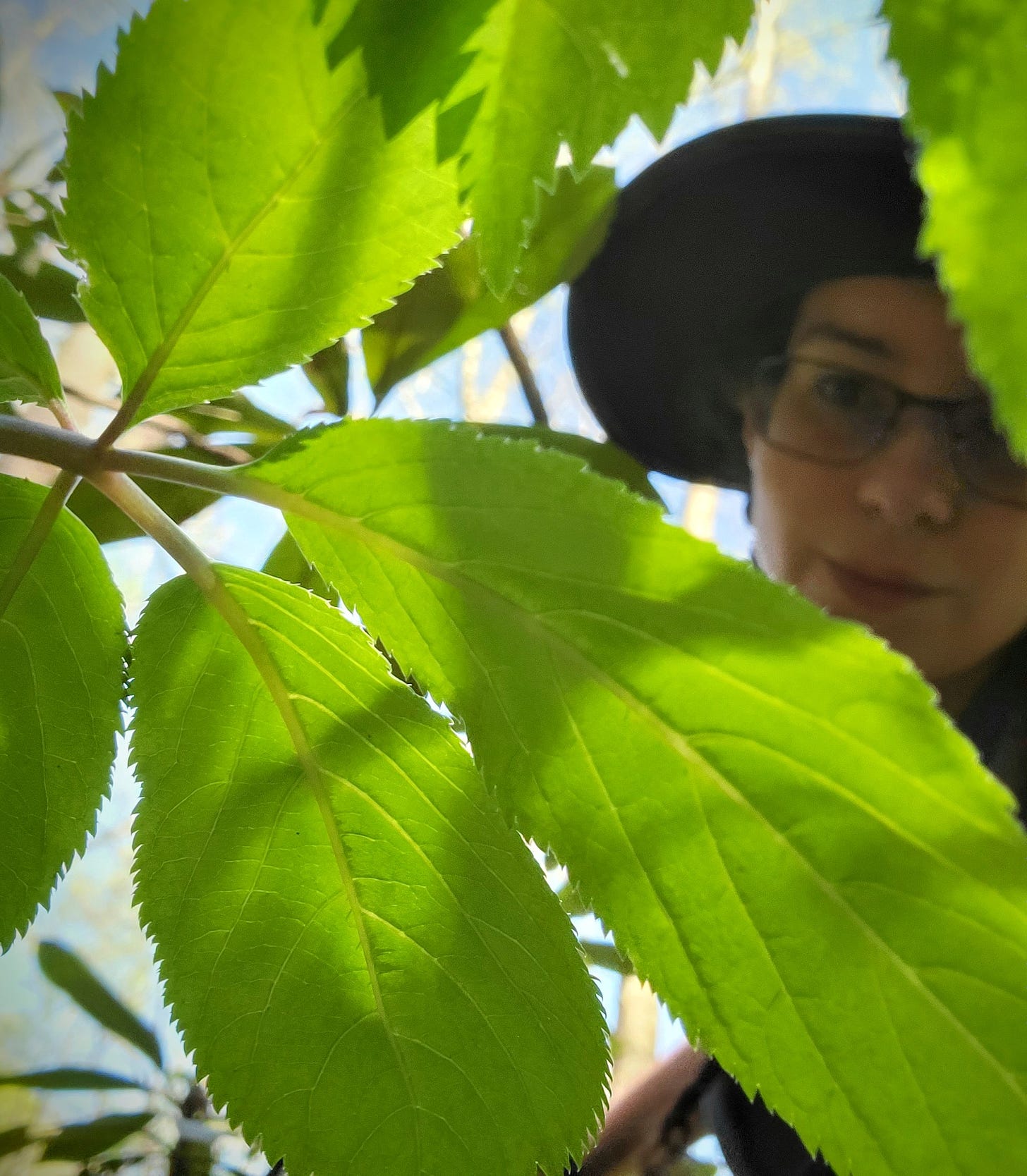

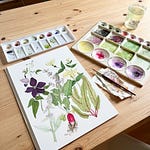


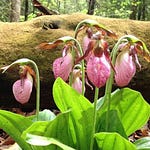


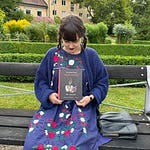
Secret Stories of Ginseng (Podcast Episode)